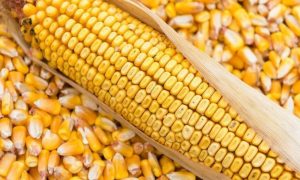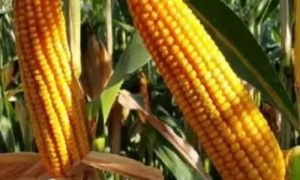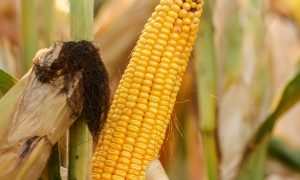Govt identifies five drought mitigation pillars

Zimbabwe unveils a comprehensive strategy to combat El Nino-induced drought and fortify resilience in agriculture. Five key pillars, including increased irrigation, horticulture, fisheries, and cereal/livestock production, are at the core. Cabinet approves measures like importing 300,000 tonnes of maize and promoting commercial cage fishing. Notably, a significant expansion in irrigation is underway, with 219,000 hectares now irrigable. An irrigation investment conference on July 5 aims to accelerate this progress. With solid strategies in place, Zimbabwe aims to emerge stronger from droughts.
GOVERNMENT has identified five mitigation pillars to effectively deal with the El Nino-induced drought and to withstand future climate-induced shocks.
The resilience-building interventions are centred on increasing irrigation, horticulture, fisheries and production of cereals and livestock.
This was said by Information, Publicity and Broadcasting Services Minister, Dr Jenfan Muswere, after yesterday’s Cabinet meeting.
Dr Muswere said Cabinet considered the Report on the Zimbabwe El Nino-induced Drought: Strategies and Measures for Mitigation and Resilience Building.
Zimbabwe is also scheduled to host an irrigation investment conference on July 5, to accelerate investment in irrigation.
“Generally the resilience-building plan entails 100 percent agro-ecological matching of crops, together with 100 percent adoption of Pfumvudza/Intwasa, with supplementing irrigation where possible, at critical stages by all households and capacitation of institutions, workers and farmers,” said Dr Muswere.
“Regarding contingency mitigation measures for cereals, the Government will import 300 000 tonnes of maize. Whole grain movement from areas with surplus to areas with deficit will be facilitated by the Grain Marketing Board.
“This is in addition to the wheat-based food security strategy, which will contribute over 500 000 tonnes to the Strategic Grain Reserve, contributing to the maximum social welfare requirements of 780 000 tonnes.
“Pertaining to horticulture, the focus will be on the development of 10 000 Village Business Units across all provinces.
“To this end, drilling rigs have been re-distributed according to the number of villages by province. Livestock mitigation and resilience strategies include the private sector importing 400 000 tonnes of maize for stockfeed and construction of 1 620 water troughs in 1 620 rural wards.”
Concerning fisheries, Dr Muswere said the country had 59 dams stocked with 465 000 fingerlings and commercial cage fishing would be promoted as a business on 134 dams.
He said Cabinet noted that there had been a four-fold increase in the annual area under irrigation developed since 2020, when the Accelerated Irrigation Rehabilitation and Development Plan was launched.
Cumulatively, 219 000 hectares of the 496 000ha targeted by 2026, were now irrigable.
“An irrigation investment conference will be held on July 5, 2024, to accelerate investments in irrigation pertaining to mechanisation. The number of tractors has increased by 60 percent and combine harvesters by 45 percent, since the launch of the Agricultural Food Systems and Rural Transformation Strategy in 2020.
“The nation is also informed that the Government has solid strategies and measures for drought mitigation and resilience building. There are adequate grain stocks in the Strategic Grain Reserve to last until year end,” said Dr Muswere.
Zimbabwe had adopted a double-pronged approach to climate-proofing agricultural production since 2020, which had seen the country returning to national cereal sufficiency in normal rainfall years.
At the small-holder level, the sustainable intensive conservation model, Pfumvudza/Intwasa, with the attendant agro-ecological matching of crops launched in the 2020/2021 summer season, had worked well although it had largely relied on rainfall for its success.
Cabinet approved the Accelerated Irrigation Rehabilitation and Development Plan in 2021, with the aim of developing 350 000ha for summer irrigation by 2025, to produce 1.8 million tonnes of summer cereals annually, enough to feed the nation and generate a surplus.
“The nation will recall that Cabinet in 2023 also approved the designation of Agricultural and Rural Development Authority (ARDA) as the country’s food security agent, with a target to annually produce 500 000 tonnes of summer cereals from its 100 000ha irrigable area and 300 000 tonnes of winter cereals from the 60 000ha irrigable area.
“Zimbabwe should, therefore, emerge from this drought stronger and better-able to withstand future climate-induced shocks,” said Dr Muswere.
Source Link : https://www.herald.co.zw/govt-identifies-five-drought-mitigation-pillars/
















